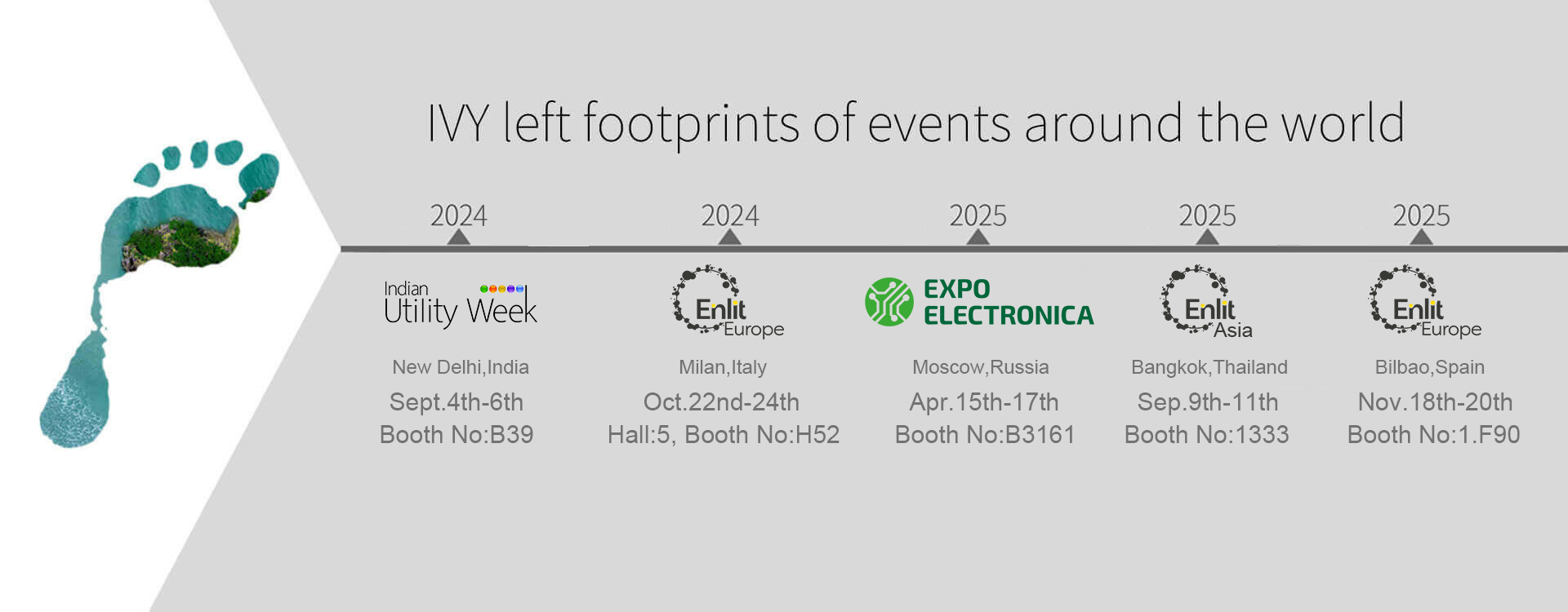The Challenges of EV and EV Charger
As a conscientious enterprise in China, IVY pays attention to new energy topics & service charging piles. At the same time, we found that Chinese charging pile manufacturers often face their own challenges. As a strategic partner, today we hope to share with you EV and What are the challenges facing charging piles?
1. The first thing to mention is the cost-presumably everyone still remembers that Tesla owners received a ticket in Singapore. Although nowadays the government encourages them, there are not often tickets or even subsidies, but users still need to spend a lot of money to purchase new energy vehicles. When the user cost is high, it is not difficult for us to find that the design of electric vehicles and the charging pile itself is facing cost challenges. First of all, both AC charger and DC charger need PCBA (power supply module, EV relay, PCB CT, Leakage Sensor, etc.), and AC meter or DC meter is also needed externally. These are undoubtedly costs, and every purchase among a group of new energy charging pile manufacturers regards cost-effectiveness as one of the selection criteria. Not to mention electric cars. Just the giant battery in the car body has already caused the cost to soar. At the same time, as a rigid demand for driving every day, the auto industry has already smashed its heads, and the brand competition is also extremely cruel.
2. Environmental controversy-Many people still think that electric vehicles are pseudo-environmental protection, and there have been controversies in the auto industry and environmental groups. (1). When electric vehicles are running, they have zero emissions, but the carbon dioxide produced by power generation is often ignored. Governments of various countries still have slightly different standards for measuring vehicle carbon emissions, and the methods of power generation are also different. For example, Singapore mainly uses natural gas to generate electricity, which makes Tesla's carbon emissions exceed the standard. (2). At the same time, electric vehicles are not really achieving zero emissions as imagined. An authoritative energy analysis agency in the United Kingdom published a research report in 2018 saying that the emissions of electric vehicles are similar to other vehicles: the same is because most of the British power plants use coal and natural gas. Even if electric vehicles do not emit exhaust gas while driving, the process of generating electricity by using fossil fuels also pollutes the environment. (3). Lithium batteries for electric vehicles cause great harm to the environment regardless of the process of production or disposal after use. The battery has greatly increased the weight of the car, and the body is made of other rare metals. The damage to the environment is irreversible after repeated treatments with concentrated acid from rare earths. It is also difficult for electric vehicles to be truly environmentally friendly. Of course, the charging pile as a supporting equipment will also be questioned. In general, the government now supports and promotes electric vehicles + charging piles as a new way of environmental protection, but many people still have misunderstandings.
3. Charging problem
When the number of electric vehicles increases, problems will ensue when charging. (1). The first is the power supply problem-whether it is home charging or public charging system, when multiple electric vehicles are charged together, insufficient power supply is a big problem. The current solution is to use a large storage pool (equivalent to a water tower), which is the concept of an "energy storage container", to store off-peak electricity and peak-to-peak electricity. (2). The second is the problem of charging time. We have all experienced fast charging and slow charging. At present, the demand for AC slow charging is still the mainstream, but people's needs are always filled quickly. (3). The problem of charging location. Many people choose not to buy electric vehicles because of the imperfect supporting equipment. For example, in the countryside, charging piles are rarely equipped along the way. The parking lot is still mainly ordinary parking spaces, and it is inevitable that there is no need for charging. Resolved in time. (4). The safety of charging. Generally speaking, the safety of electric vehicles and charging piles is relatively guaranteed, but people's demand for safety and comfort has been developing. Of course, there are also issues such as leakage during charging and the friendliness of the charging system platform.
4. Industry standards and regulatory issues
Electric vehicles and a large amount of power supply require complete supporting measures, involving household management units, power storage systems and equipment, governments, regulations, and power companies. To get these things done, the use of electric vehicles can be more worry-free. India proposed the corresponding standard IS17017 when formulating the electric vehicle plan, the IEC62955 standard issued by some European countries, and the requirement for CE-EMC testing. Because the standards are not uniform, it is difficult for us to break the barriers. At the same time, each certificate lengthens the development time and increases the cost. The cost may not be too high compared to the design cost, but for each new product, time is life.
As an AC DC meter manufacturer and a manufacturer of charging pile accessories, although we cannot summarize all the challenges for you, we have been with you to face the challenges. Whether it is cost or environmental protection, whether it is charging design or certification standards, we will consider for you until our products are confirmed to be reasonably priced, customized services, and comply with CE-EMC, IEC62955, IS17017 and so on. Of course, these are not perfect. IVY is willing to work with charging pile manufacturers to become more perfect.












